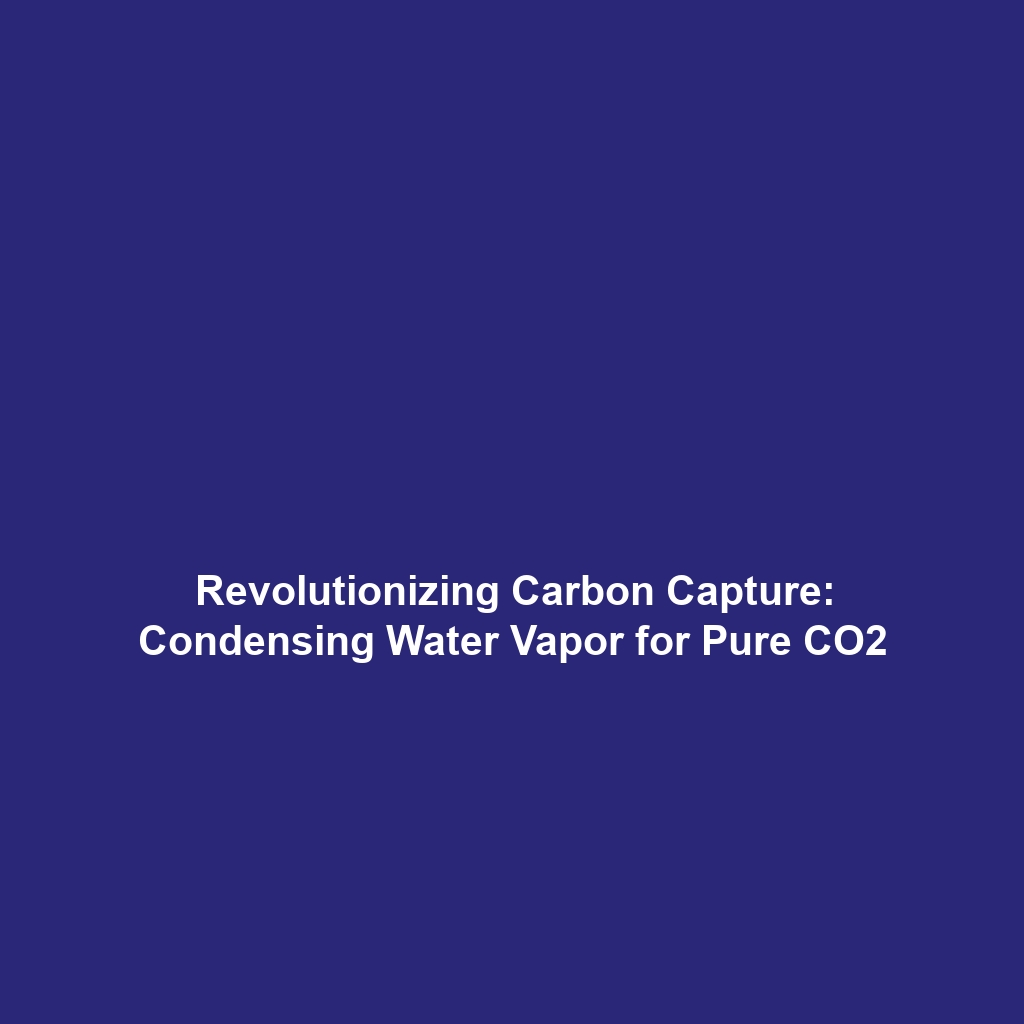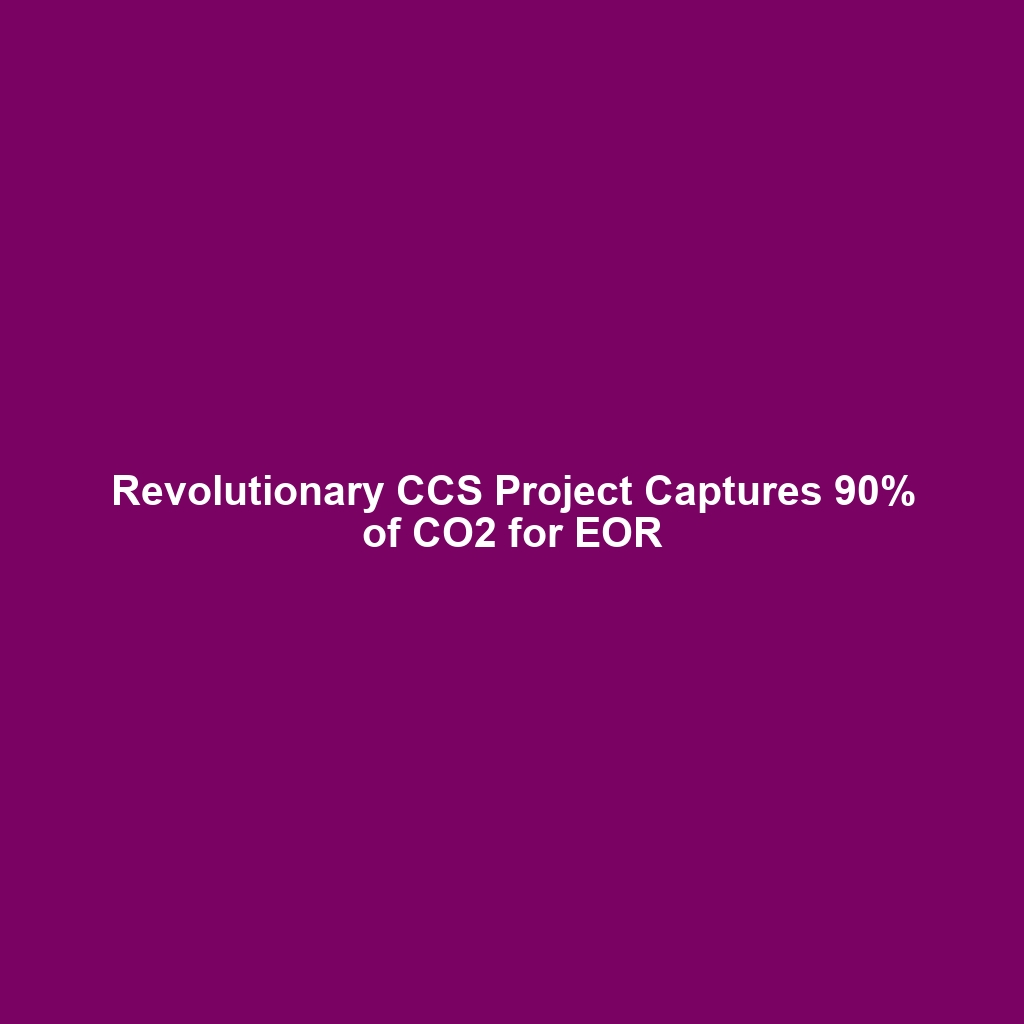Advantages of Continuous Operation and Plasma Stability in Fusion Energy
Fusion energy holds the promise of a sustainable and virtually limitless power source, with significant advantages such as the potential for continuous operation and enhanced plasma stability. These benefits could revolutionize the energy landscape, allowing for more efficient power generation while reducing our reliance on fossil fuels. However, achieving these advantages presents considerable technical challenges. This article delves into the significance of these advantages within the broader context of fusion energy, highlighting their potential impact on our future energy systems.
Key Concepts
Understanding the advantages of continuous operation and better plasma stability requires a grasp of several key concepts in fusion energy. Here are some major principles:
- Continuous Operation: This refers to the ability of a fusion reactor to maintain reactions over extended periods without interruption, which is critical for meeting energy demands.
- Plasma Stability: Refers to the ability of plasma to remain stable under various conditions. Better plasma stability can lead to fewer disruptions, enhancing overall reactor performance.
- Technical Complexity: Building reactors that achieve these advantages is technically complex and requires advanced materials and engineering solutions.
These principles are foundational in the realm of fusion energy as they directly influence reactor design, operational efficiency, and energy output.
Applications and Real-World Uses
The potential for continuous operation and better plasma stability can lead to significant advancements in various applications of fusion energy, including:
- Power Generation: Fusion reactors that can operate continuously could provide a steady electricity supply, making them an attractive alternative to traditional energy sources.
- Space Exploration: Continuous fusion reactions could offer propulsion systems for long-duration missions, reducing travel time and improving efficiency.
- Industrial Processes: The high energy output from stabilized fusion reactions could be harnessed for various industrial applications, potentially reducing greenhouse gas emissions.
These applications demonstrate how innovations in continuous operation and plasma stability are critical to the advancement of the fusion energy sector.
Current Challenges
Despite the promising advantages, there are several challenges in achieving this potential:
- Technical Barriers: The complexity of designing and constructing reactors capable of continuous operation presents significant engineering challenges.
- Cost: The financial investment required for research and development in this field is substantial, which can hinder progress.
- Regulatory Hurdles: Fusion energy technology often faces strict regulations that could slow development timelines.
Addressing these challenges of achieving better plasma stability and continuous operation is essential for advancing fusion energy.
Future Research and Innovations
Ongoing research and innovation are critical for overcoming current limitations. Some focused areas include:
- Next-Generation Reactor Designs: Innovations in reactor architecture may lead to improvements in plasma stability and operational efficiency.
- Advanced Materials: Development of new materials that can withstand the extreme conditions inside fusion reactors is pivotal.
- AI and Machine Learning: Leveraging AI can optimize fusion processes and enhance operational control, paving the path for continuous operation.
These breakthroughs will shape the future of fusion energy, aiming for practical applications and the realization of its potential.
Conclusion
In summary, the advantages of continuous operation and plasma stability are crucial for the evolution of fusion energy. These factors promise not only to enhance energy efficiency but also to facilitate sustainable power generation. Continued research and development will be vital in overcoming the technical complexities involved. For those interested in delving deeper, explore related topics such as next-generation reactor designs and applications of fusion technology.







